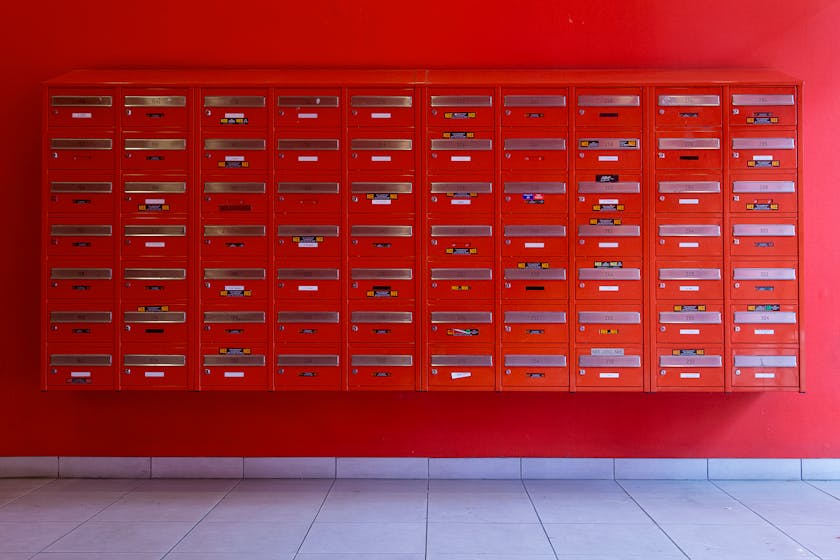When it comes to emergency preparedness, one of the most critical aspects is ensuring a reliable food supply. Bulk meal storage is not just a cost-effective strategy; it’s a vital component of any emergency plan. With once-a-month cooking, you can prepare and store large quantities of meals, easing the stress during unexpected situations.
The Essentials of Bulk Meal Storage
Assess Your Storage Space
The first step in bulk meal storage is to assess the available space in your home. You need a cool, dry place away from direct sunlight to store your prepared meals. Basements, pantries, or a dedicated storage closet can serve well for this purpose. Ensure that the space is clean and free from pests that could compromise the quality of your food.
Selecting Appropriate Containers
Choosing the right containers is crucial for maintaining the freshness and nutritional value of your stored meals. Food-grade, airtight containers are essential. You might consider vacuum-sealed bags for items like grains and freeze-dried meals. For liquids, sturdy jars or BPA-free plastic containers with tight-fitting lids are the best.
Preparing Meals for Storage
When preparing meals for storage, focus on recipes that freeze well and have a long shelf life. Soups, stews, casseroles, and marinated meats are excellent options. It’s important to let hot food cool to room temperature before freezing to prevent condensation, which can lead to freezer burn.
Organizing Your Meals for Easy Access
Labeling is key when it comes to organization. Each container should have a label with the name of the dish, the cooking date, and reheating instructions. Organize your freezer or storage area by category and rotate your stock regularly to use the oldest items first.
Thawing and Reheating Safely
When it’s time to use your stored meals, thaw them safely in the refrigerator to prevent the growth of harmful bacteria. Reheating should be done until the food reaches an internal temperature of 165°F to ensure it is safe to eat.
Maintaining Nutritional Value During Bulk Storage
Preserving the nutrients in your stored meals is just as important as the storage itself. Opt for cooking methods like steaming or roasting to retain vitamins and minerals. Adding a variety of vegetables, whole grains, and lean proteins to your recipes will ensure balanced meals even in an emergency.
Regular Check-ups on Your Meal Stockpile
Periodically check your stored meals for any signs of spoilage. Ice crystals, discoloration, or off-odors can indicate that the food is no longer safe to eat. Keeping an inventory list can help you track the shelf life and ensure you use the meals within their optimal time frame.
Incorporating Bulk Meal Storage into Your Emergency Preparedness Plan
Once-a-month cooking and bulk meal storage should be a part of your overall emergency preparedness strategy. Alongside a supply of water, a first-aid kit, and other essentials, a well-planned meal stockpile can provide peace of mind and sustenance during challenging times.
Remember, the key to successful bulk meal storage is planning. By dedicating time once a month to prepare and store meals, you’ll build a safety net that can last for months or even years, depending on your needs and the shelf life of your chosen foods.
Final Thoughts on Bulk Meal Storage for Emergency Readiness
In conclusion, bulk meal storage is a smart and efficient way to ensure food security during emergencies. By following the guidelines for proper storage, organization, and meal preparation, you’ll be well-equipped to handle any situation with a nutritious and varied food supply. Once-a-month cooking not only saves time and money but also provides the ultimate comfort of knowing you’re ready for the unexpected.




